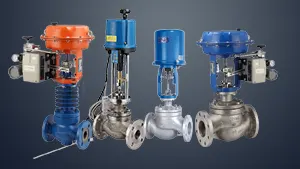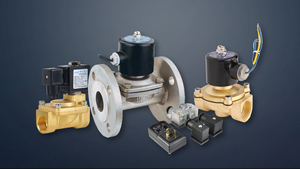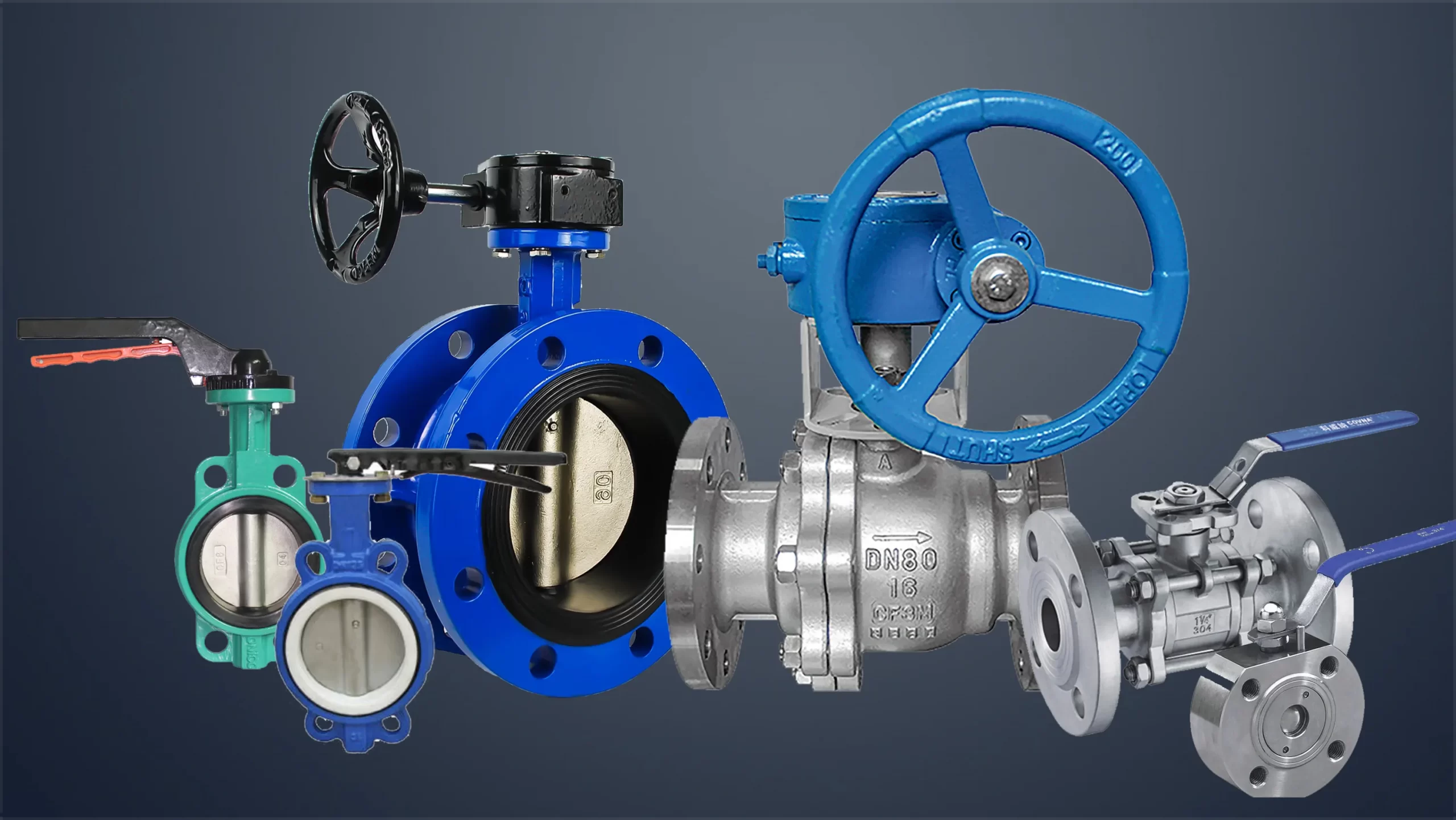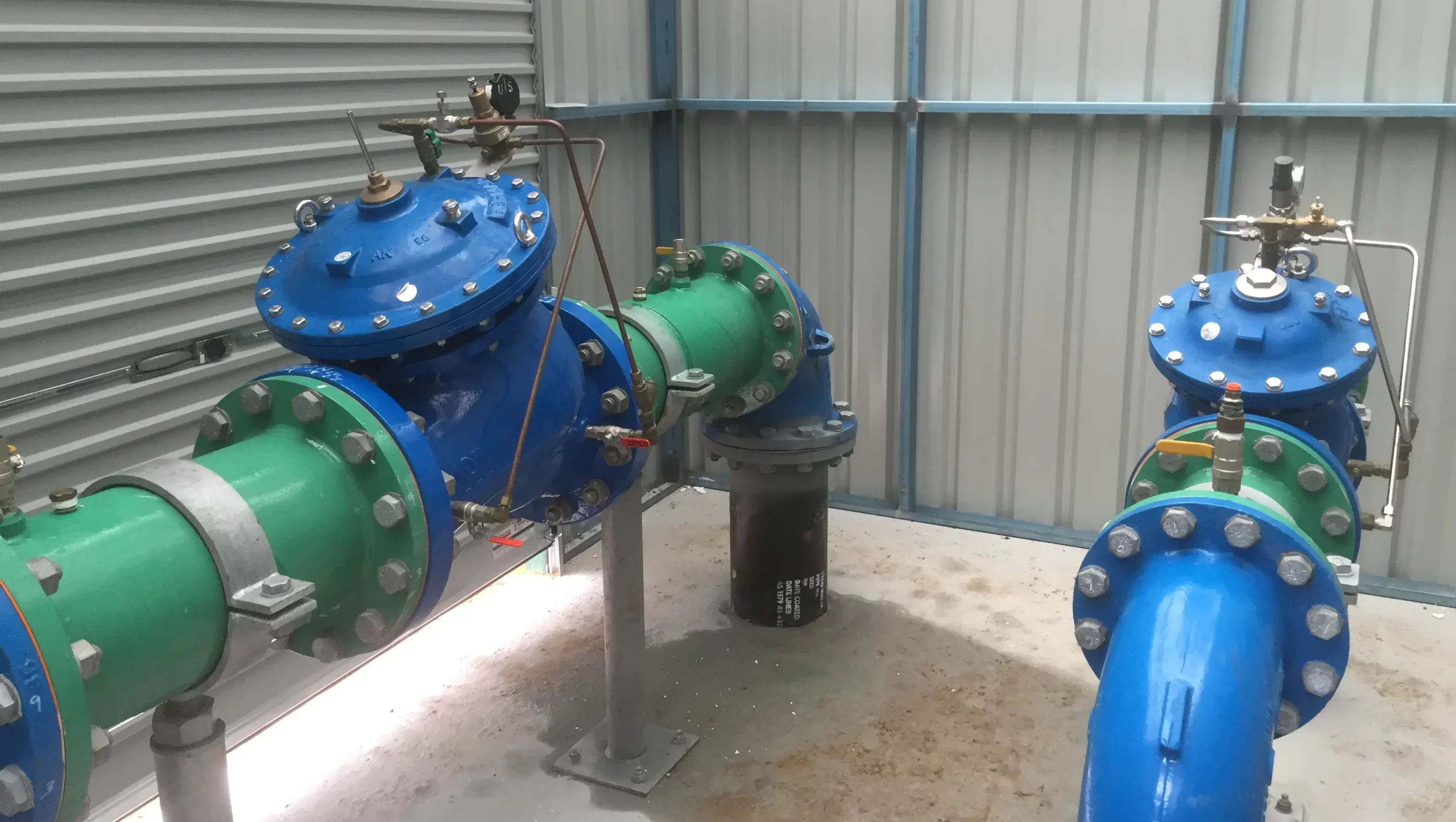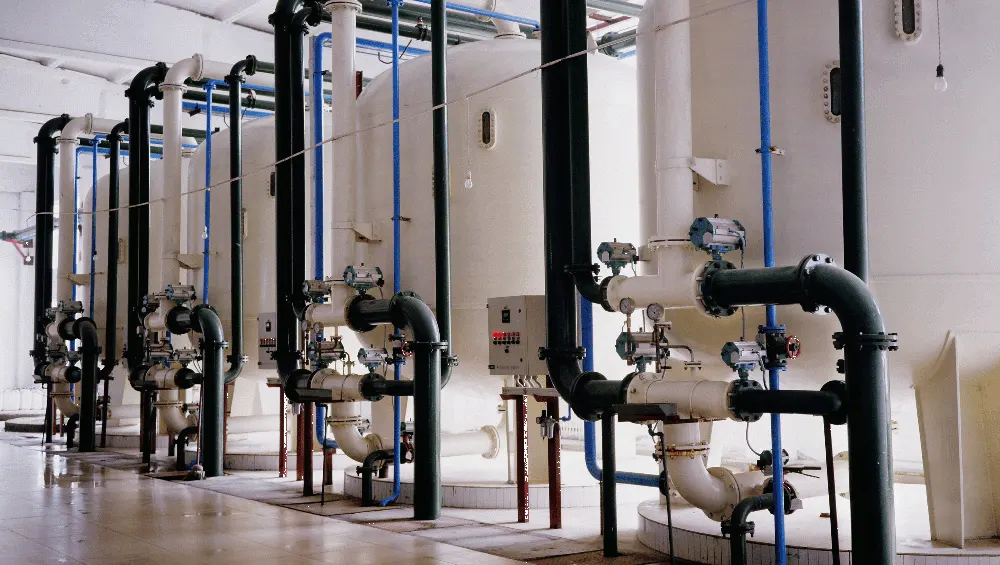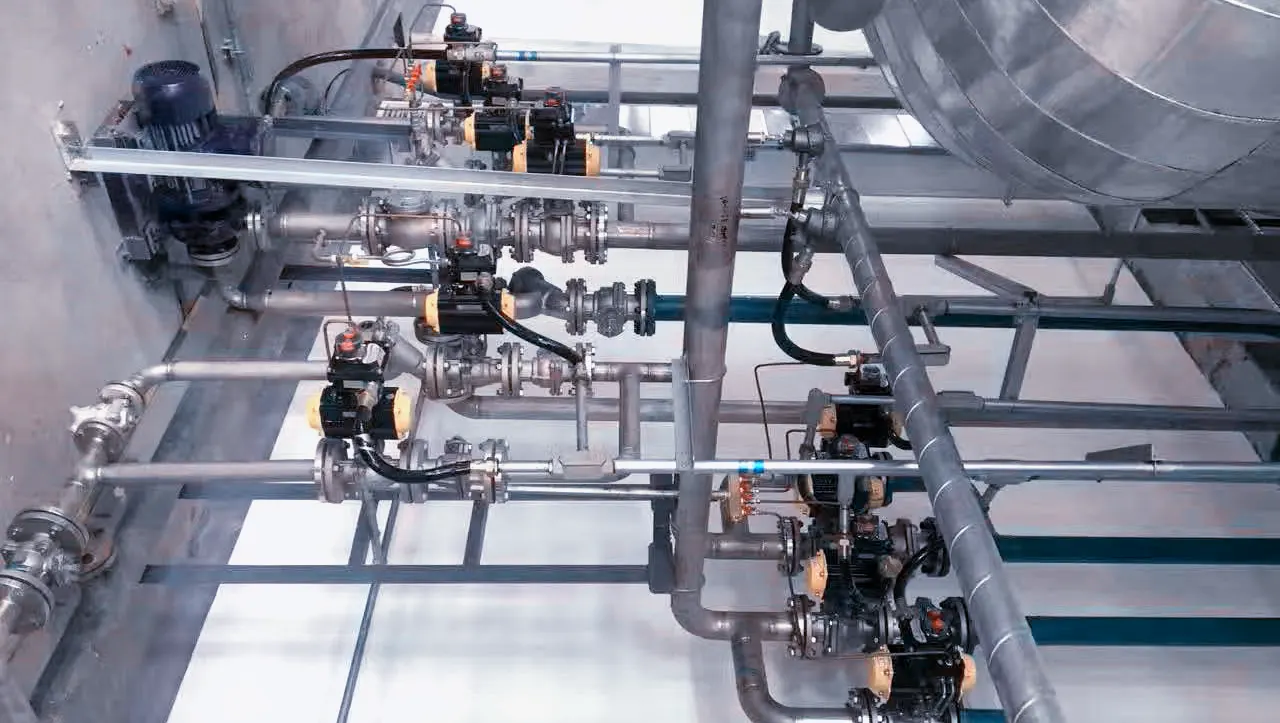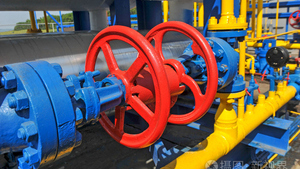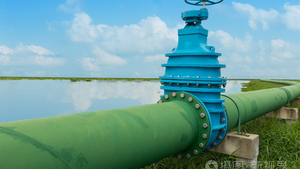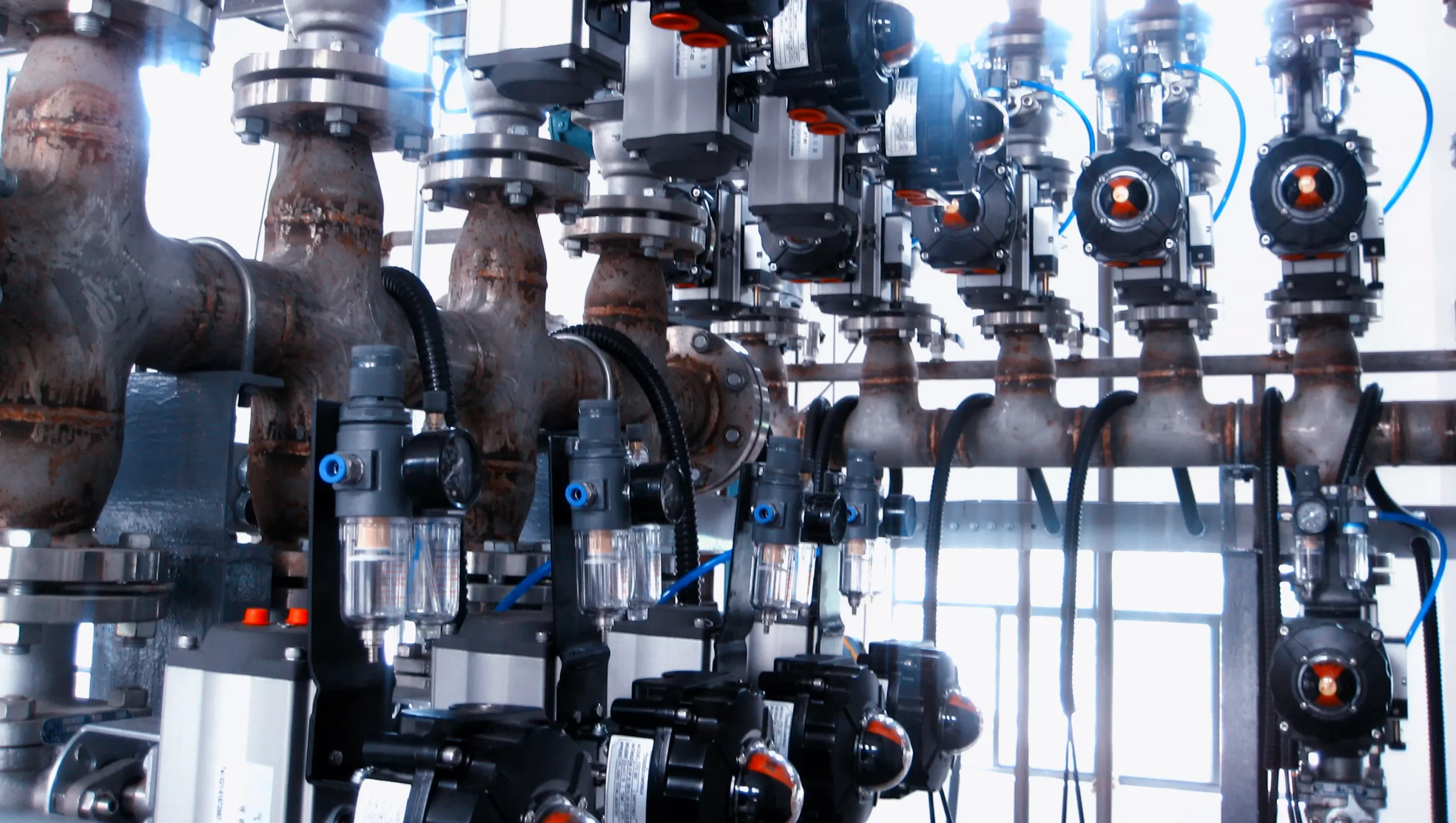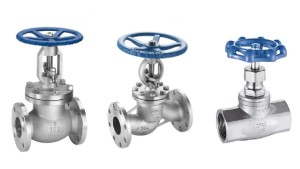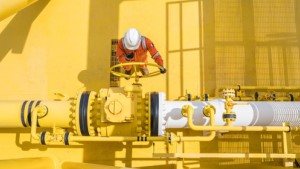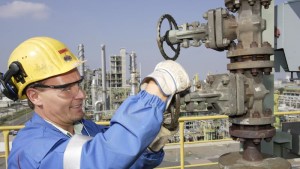1. Safety valve is an important safety accessory for special pressure equipment. Safety valve inspection is essential, as well
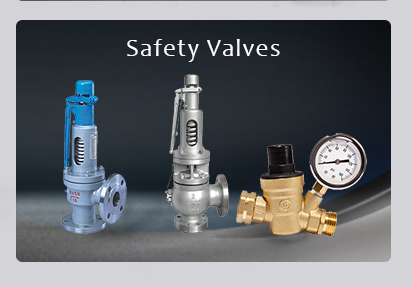
The safety valve is an automatic valve, which does not rely on any external force but uses the force of the medium itself to discharge a rated amount of fluid to prevent the pressure from exceeding the rated safety value. When the pressure returns to normal, the valve closes again and prevents the medium from continuing to flow out.
Safety valves are important safety accessories for pressure-bearing special equipment such as boilers, pressure vessels, and pressure pipelines. They are safety devices set up to prevent the equipment from exploding due to excessive pressure under abnormal conditions. It is important to the safety and economy of the equipment. Both play a major role.
2. What should be stated on the nameplate of the safety valve.
On the safety valve nameplate or on the outer surface of the safety valve, there should be at least the following obvious signs: safety valve manufacturing license number and mark, manufacturer name, safety valve structure type, manufacturing date and product number, nominal pressure (pressure level), Nominal diameter, flow channel diameter or flow channel area, set pressure, valve body material, rated displacement coefficient or guaranteed rated displacement for a certain fluid.
The nameplate should be made of corrosion-resistant materials and must be firmly fixed on the outer surface of the valve body or bonnet.
3. Common problems and elimination methods of safety valves
Safety valve failure is mainly caused by improper design, manufacture, selection or use. If these faults are not eliminated in time, it will affect the efficacy and life of the safety valve, and even fail to protect the safety. The personnel engaged in the operation, maintenance, disassembly inspection, and inspection of the safety valve in use shall obtain the Special Equipment Operator Certificate. Common faults and elimination methods are as follows:
(1). Leakage. Under the normal working pressure of the equipment, the leakage between the valve disc and the sealing surface of the valve seat exceeds the allowable degree. The reason is that there is dirt between the valve disc and the sealing direction of the valve seat. You can use the lifting wrench to open the valve several times. Wash away the dirt. Sealing surface damage should be repaired by grinding or grinding after turning according to the degree of damage.
The valve stem is bent, inclined or the lever and the fulcrum are skewed, which makes the valve core and the valve clack misaligned, and should be reassembled or replaced. If the elasticity of the spring decreases or loses its elasticity, measures should be taken to replace the spring and readjust the opening pressure.
(2). It does not open when the specified pressure is reached. The reasons for this situation are:
- Constant pressure is not allowed. The compression of the spring or the position of the weight should be readjusted.
- The disc is stuck to the valve seat. The safety valve should be manually discharged regularly.
- The lever of the lever type safety valve is stuck or the hammer is moved. Should readjust the position of the weight and make the lever move automatically.
(3). It opens below the specified pressure. The main reason is that the constant pressure is inaccurate, the spring is aging, and the elasticity is reduced. It should be adapted to tighten the valve stem or replace the spring.
(4). The pressure continues to rise after the discharge.
This is mainly because the displacement of the selected safety valve is smaller than the safety discharge volume of the equipment, and a suitable safety valve should be selected again. If the center line of the valve stem is not correct or the spring is rusted, the valve disc cannot be opened to the desired height.
The valve stem should be reassembled or the spring should be replaced. If the section of the exhaust pipe is not enough, an exhaust pipe that meets the safe discharge area should be adopted.
(5). The disc flaps or vibrates frequently. The main reason is that the spring stiffness is too large, so springs with proper stiffness should be used instead. The adjustment ring is improperly adjusted, and the seat pressure is too high. The position of the adjustment ring should be readjusted. Excessive resistance of the discharge pipeline causes excessive discharge back pressure.
(6). The disc does not return to its seat after discharge. This is mainly caused by the bending of the spring, the incorrect installation position of the valve stem and the valve disc, or the jamming, and should be reassembled.
4. The maintenance and inspection of the safety valve
In order to make the safety valve action sensitive, reliable and have good sealing performance, it is necessary to strengthen maintenance and inspection during the operation of boilers, pressure vessels, and pressure pipelines.
(1) Always keep the safety valve clean to prevent the valve body spring from being filled with grease dirt or being corroded, and prevent the safety valve discharge pipe from being blocked by grease or other foreign matter. Always check whether the lead seal is intact to prevent the heavy hammer of the lever-type safety valve from loosening or being moved, and preventing random screwing.
(2) When the safety valve is found to be leaking, it should be replaced or repaired in time.
It is forbidden to increase the load (such as over-tightening the adjustment screw of the spring-type safety valve or adding heavy objects to the lever of the lever-type safety valve, etc.) to eliminate leakage.
In order to prevent the valve disc and valve seat from being stuck by dirt such as grease in the gas, causing the safety lubrication to not open normally, it is safe for air, steam or other gases with viscous dirt that will not cause harm to the discharge Valves should be hand-held discharge tests on a regular basis.
(3) In order to keep the safety valve sensitive and reliable, a regular calibration should be done at least once a year. The content of regular inspection generally includes dynamic inspection and disassembly inspection.
The main content of dynamic inspection is to check the opening pressure, return pressure, sealing degree and opening height of the safety valve under the rated discharge pressure.
The requirements are the same as when the safety valve is debugged. If the dynamic inspection is unqualified, or an abnormal situation such as leakage is found during operation, a disassembly inspection should be performed. After disassembly, carefully check all parts of the safety valve for cracks, scars, wear, corrosion, deformation, etc., and repair or replace them according to the size of the defect and the degree of damage, and finally assemble it for dynamic inspection.
Special equipment users should attach great importance to the troubleshooting, repair and inspection (maintenance) of safety valves, as well as the lesson warnings of related accidents and the importance of safety valves in pressure-bearing special equipment. Units producing and using special equipment, especially small and medium-sized private individual enterprises, should carefully study, implement the “Special Equipment Safety Supervision Regulations,” and strictly abide by the safety operation rules and regulations, except for the pressure-bearing special equipment in use.
In addition to regular routine maintenance and inspections, its safety accessories must be regularly checked and maintained in accordance with regulations, and incorporated into the safety management of special equipment, and the hidden dangers discovered shall be rectified in a timely manner to eliminate hidden dangers and truly implement the main body of the enterprise Responsibility to ensure the safe operation of special equipment.
--- END ---




